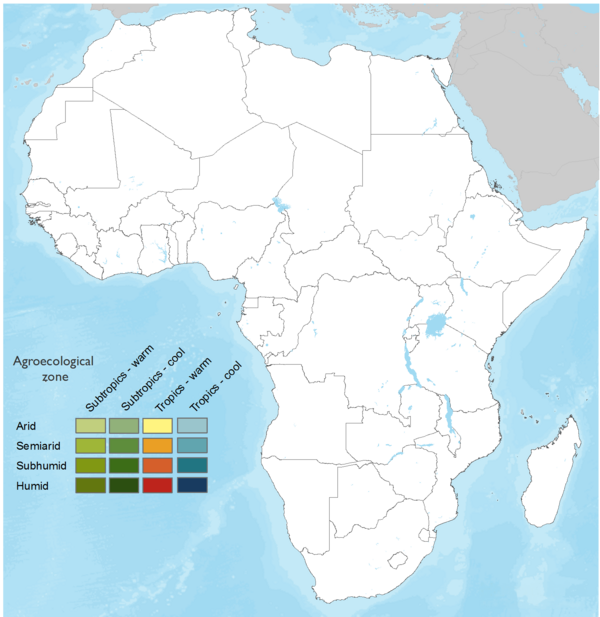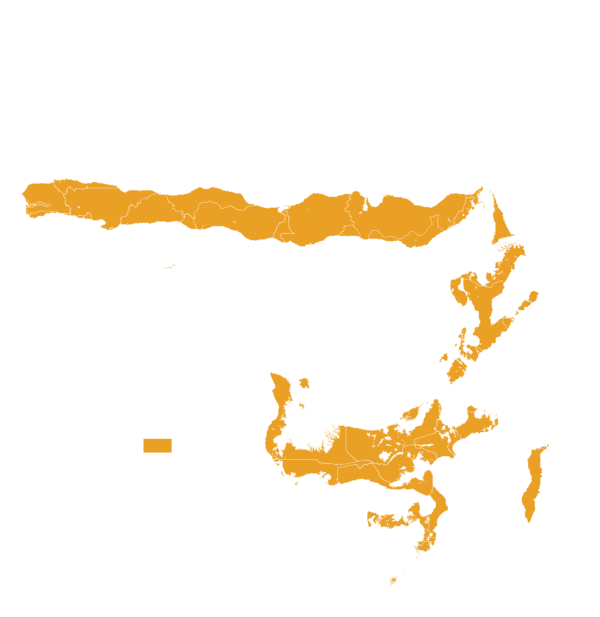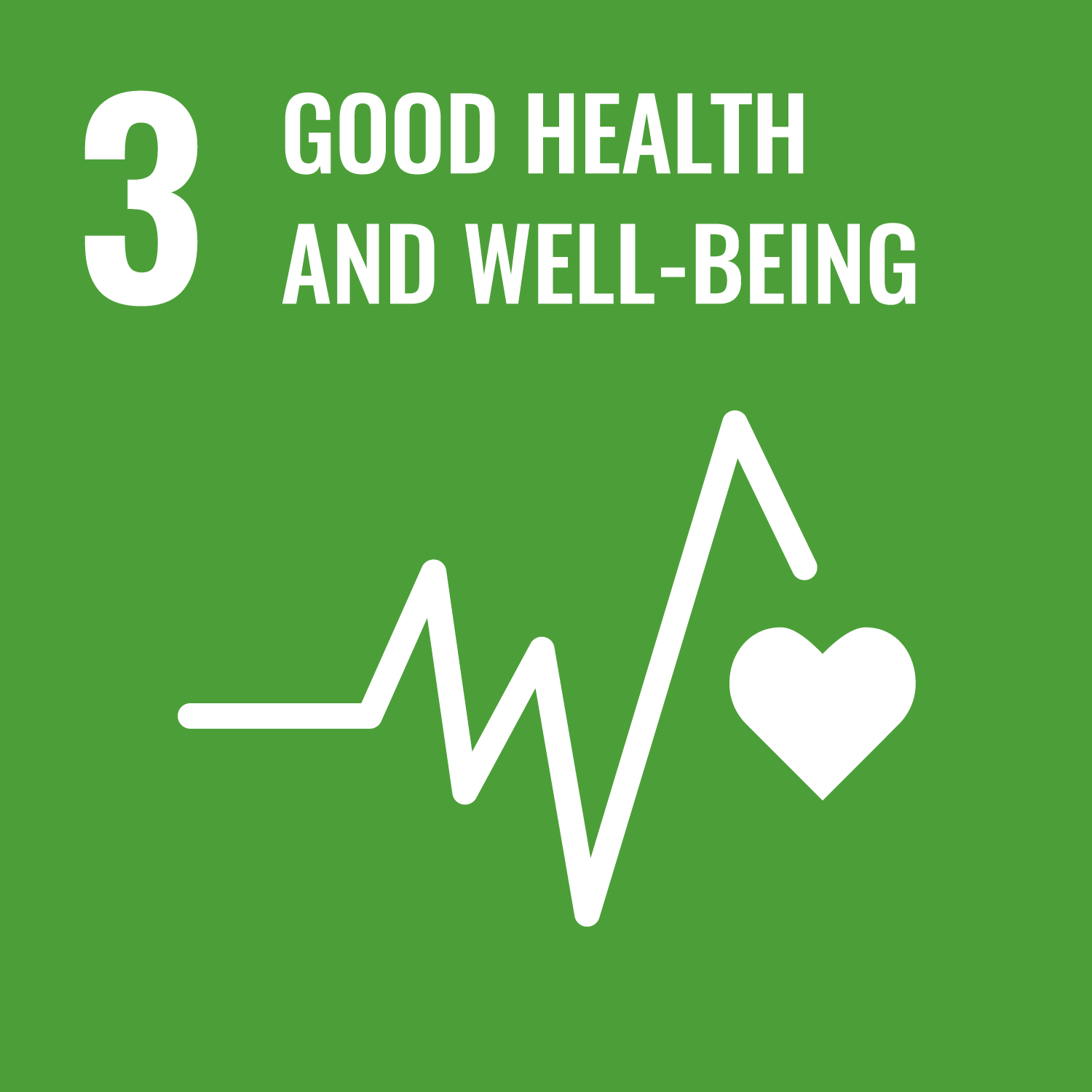

High-yielding, early maturing, and striga-resistant cowpea varieties for farmers!
The improved cowpea varieties developed by IITA are early maturing, reaching harvest within 65–76 days, which allows for multiple cropping cycles per season. They produce high yields above 1.5 t/ha, more than three times the yield of traditional varieties. These varieties are resistant to Striga, Alectra, and several major diseases, while being drought-tolerant and adapted to the Ginea, Sahel and Sudan Savanna zones. The seeds are medium to large, white, and maintain their integrity when boiled, offering fast-cooking and attractive grain for consumers. Rich in protein (>23%) and micronutrients, these varieties contribute to improved nutrition and support national food security objectives.
This technology is not yet validated.
Adults 18 and over: Positive high
Provide good nutrition, employment, and household income for most farmers
Others: Positive high
Animal industry: Source of fodder for animal feed
The poor: Positive high
Cheap source of protein and generates income for the poor
Under 18: Positive medium
Provides good nutrition
Women: Positive high
Source of income for women, easy to cook, saves women time, and energy saving as well
Climate adaptability: Highly adaptable
The technology was designed for adaptation in the dry Savanna, especially the Shael and Sudan Savannas agroecologies
Farmer climate change readiness: Significant improvement
The technology is packed with drought-tolerant varieties, protecting farmers' production in drought-prone areas and periods.
Biodiversity: Positive impact on biodiversity
Soil conservation and fertility restoration due to its nitrogen-fixing capability
Carbon footprint: Same amount of carbon released
During decomposition, cowpea plants release carbon, with studies showing that 60-64% of the initial plant carbon can be lost as CO2 within 68 days. This carbon release is a natural part of the carbon cycle and contributes to soil health and nutrient cycling
Environmental health: Greatly improves environmental health
Cowpea farming can contribute to environmental health in several ways, primarily through improved soil fertility, increased carbon sequestration, and reduced reliance on synthetic fertilizers and pesticides.
Soil quality: Improves soil health and fertility
By fixing nitrogen in the soil and improving soil structure, cowpea farming can help build healthier soils, reduce greenhouse gas emissions, and enhance overall ecosystem resilience
Water use: Much less water used
These drought tolerant varieties require less water for growth and development
The technology of improved cowpea varieties addresses both food security and economic challenges in Sub-Saharan Africa by providing farmers with high-yielding, pest- and disease-tolerant cowpeas. These varieties mature early, resist drought, and thrive under low-input conditions, making them particularly suitable for vulnerable rural communities. By ensuring a reliable supply of protein-rich food, they enhance nutrition, reduce poverty, and promote women’s economic empowerment since women are often key actors in cowpea processing and marketing.
Project Activities & Prerequisites
Striga- and Disease-Resistant, Early Maturing Varieties
| Accession Name | Local Name | Key Traits | Maturity (days) | Yield (t/ha) | Seed Traits | Released |
|---|---|---|---|---|---|---|
| IT13K-1308-5 | SAMPEA 21 | Super Striga-resistant, bacterial blight resistant | 72–76 | 2.5 | White seed, brown hilum, medium size, rough texture | 2022 |
| IT08K-150-12 | SAMPEA 19 | Striga & Alectra tolerant, drought tolerant | 67–77 | 2.7 | White seed, brown hilum, medium size, rough texture | 2018 |
| IT07K-297-13 | SAMPEA 18 | Drought tolerant, bacterial blight resistant | 70–75 | 2.5 | White seed, black hilum, medium size, rough texture | 2018 |
| IT07K-292-10 | SAMPEA 16 | Alectra resistant, Striga tolerant, drought tolerant | 70–75 | 2.6 | White seed, brown hilum, medium size, rough texture | 2015 |
| IT99K-573-2-1 | SAMPEA 15 | Resistant to Striga & Alectra, multiple disease resistance | 72–75 | 2.5 | White seed, black hilum, medium size, rough texture | 2011 |
| IT99K-573-1-1 | SAMPEA 14 | Resistant to Striga, Alectra & Fusarium wilt | 72–75 | 2.6 | White seed, brown hilum, medium size, rough texture | 2011 |
Per kg from seed company
From farmer's perspective
No formal IP rights
Scaling Readiness describes how complete a technology’s development is and its ability to be scaled. It produces a score that measures a technology’s readiness along two axes: the level of maturity of the idea itself, and the level to which the technology has been used so far.
Each axis goes from 0 to 9 where 9 is the “ready-to-scale” status. For each technology profile in the e-catalogs we have documented the scaling readiness status from evidence given by the technology providers. The e-catalogs only showcase technologies for which the scaling readiness score is at least 8 for maturity of the idea and 7 for the level of use.
The graph below represents visually the scaling readiness status for this technology, you can see the label of each level by hovering your mouse cursor on the number.
Read more about scaling readiness ›
Uncontrolled environment: validated
Common use by projects NOT connected to technology provider
| Maturity of the idea | Level of use | |||||||||
| 9 | ||||||||||
| 8 | ||||||||||
| 7 | ||||||||||
| 6 | ||||||||||
| 5 | ||||||||||
| 4 | ||||||||||
| 3 | ||||||||||
| 2 | ||||||||||
| 1 | ||||||||||
| 1 | 2 | 3 | 4 | 5 | 6 | 7 | 8 | 9 | ||
| Country | Testing ongoing | Tested | Adopted |
|---|---|---|---|
| Benin | Testing ongoing | –Not tested | –Not adopted |
| Botswana | Testing ongoing | –Not tested | –Not adopted |
| Burkina Faso | –No ongoing testing | Tested | Adopted |
| Cameroon | Testing ongoing | –Not tested | –Not adopted |
| Central African Republic | Testing ongoing | –Not tested | –Not adopted |
| Chad | Testing ongoing | –Not tested | –Not adopted |
| Ghana | –No ongoing testing | Tested | Adopted |
| Malawi | Testing ongoing | –Not tested | –Not adopted |
| Mali | Testing ongoing | –Not tested | –Not adopted |
| Mozambique | Testing ongoing | –Not tested | –Not adopted |
| Niger | –No ongoing testing | Tested | Adopted |
| Nigeria | –No ongoing testing | Tested | Adopted |
| Senegal | Testing ongoing | –Not tested | –Not adopted |
| Sierra Leone | –No ongoing testing | Tested | Adopted |
| Somalia | Testing ongoing | –Not tested | –Not adopted |
| South Africa | Testing ongoing | –Not tested | –Not adopted |
| South Sudan | Testing ongoing | –Not tested | –Not adopted |
| Sudan | Testing ongoing | –Not tested | –Not adopted |
| Tanzania | Testing ongoing | –Not tested | –Not adopted |
| Togo | Testing ongoing | –Not tested | –Not adopted |
| Zambia | Testing ongoing | –Not tested | –Not adopted |
| Zimbabwe | Testing ongoing | –Not tested | –Not adopted |
This technology can be used in the colored agro-ecological zones. Any zones shown in white are not suitable for this technology.







| AEZ | Subtropic - warm | Subtropic - cool | Tropic - warm | Tropic - cool |
|---|---|---|---|---|
| Arid | – | – | ||
| Semiarid | – | – | ||
| Subhumid | – | – | ||
| Humid | – | – | – | – |
Source: HarvestChoice/IFPRI 2009
The United Nations Sustainable Development Goals that are applicable to this technology.

Technology generates income for farmers, driving them out of poverty

Technology provides affordable and nutritious food ,contributing to hunger alleviation

Technology provides a cheap source of protein and micronutrients required for good health

This is a climate-smart technology; the varieties are drought-tolerant
Good Agronomic Practices for Improved Cowpea Varieties
Last updated on 3 September 2025